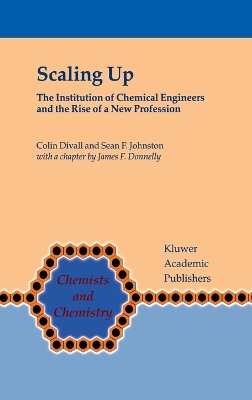Precursors of the modern chemical industry began to emerge in Northern Europe in the middle of the eighteenth century. The Industrial Revolution boosted activities such as soap-making, glassmaking and textiles production, which required increasing quantities of chemical products. The Lead Chamber process for the manufacture of sulphuric acid, required for the production of dye, was developed in the 1740s by John Roebuck then based in Birmingham. Production of this key commodity rose steadily. By the 1820s, British annual production had reached 10 000 tons of 100% acid. By 1900, Britain was producing one quarter of the world's output with an annual production approaching one million tons. Demand for alkalis for glassmaking and soap-making, for textile dyes and for bleach was also growing rapidly in the second half of the eighteenth century, and it became clear that existing sources of these materials would not be sufficient. In response to a prize established by the Academie des Sciences, Nicholas Leblanc had devised by 1791 a method for converting common salt into soda ash, which was to become the central operation of the world alkali industry for about one hundred years.
- ISBN13 9780792366928
- Publish Date 28 February 2001
- Publish Status Active
- Publish Country NL
- Imprint Springer
- Edition 2001 ed.
- Format Hardcover
- Pages 350
- Language English
